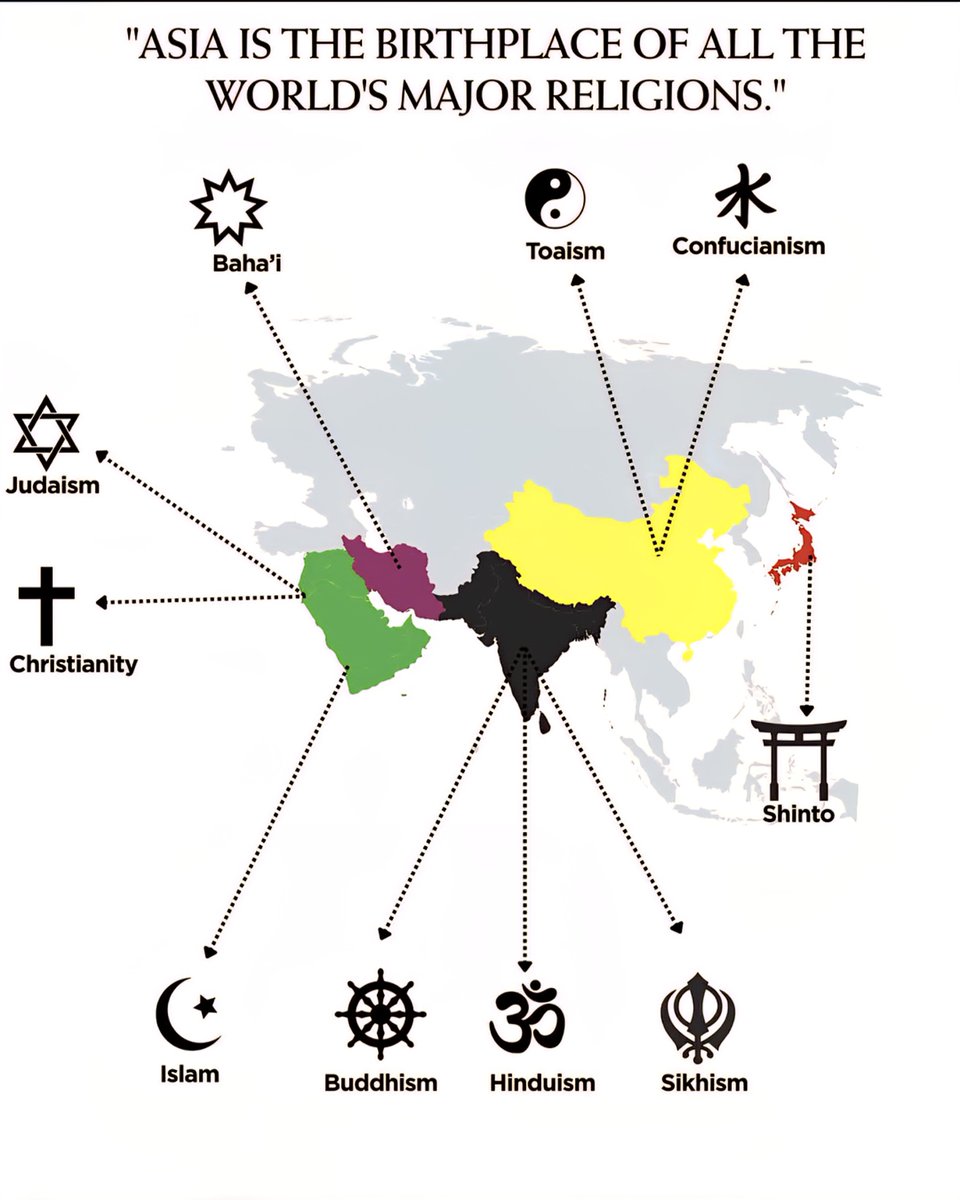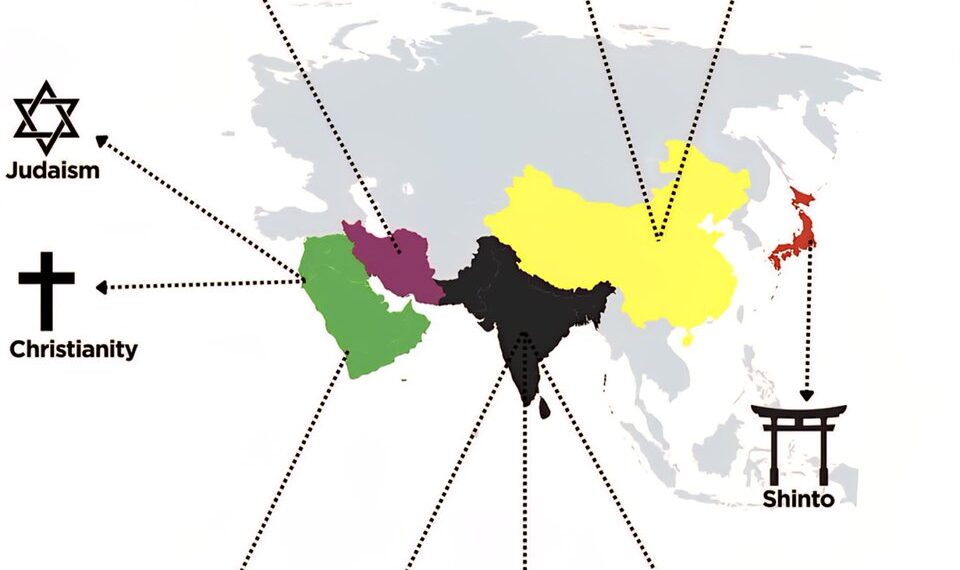Select Language:
Discovering Asia: The Cradle of Major Religions

1. The Roots of Buddhism in India
India is renowned as the birthplace of Buddhism, a religion founded over 2,500 years ago by Siddhartha Gautama, better known as the Buddha. The teachings of Buddhism emphasize mindfulness, compassion, and the pursuit of enlightenment. As the birthplace of this influential faith, India has numerous sacred sites such as Lumbini in Nepal, where Buddha was born, and Bodh Gaya, where he attained enlightenment. Despite its roots in ancient times, Buddhism continues to be a prominent religion in countries like Sri Lanka, Thailand, and Japan, which have adapted its teachings into local cultures over the centuries.
2. The Origin of Hinduism in the Indian Subcontinent
Hinduism holds the distinction of being one of the oldest religions still practiced today. Originating in the Indian subcontinent more than 4,000 years ago, it encompasses a vast array of beliefs, rituals, and philosophies centered around concepts such as dharma (duty), karma, and moksha (liberation). The sacred texts known as the Vedas were composed during this period and have profoundly influenced spiritual practices across Asia. Cities like Varanasi are considered holy and serve as spiritual hubs for millions of Hindus worldwide. The religion’s deep cultural roots continue to influence artistic, social, and political aspects of Indian life and beyond.
3. The Birth of Taoism and Confucianism in China
China has historically been the birthplace of two profound philosophical and spiritual systems — Taoism and Confucianism. Taoism, attributed to Laozi in the 6th century BCE, promotes harmony with nature and emphasizes living simply and in accordance with the Tao, or the Way. Meanwhile, Confucianism, founded by Confucius around 500 BCE, centers on personal morality, filial piety, and social harmony. Both systems significantly shaped Chinese society, politics, and culture, influencing other East Asian nations such as Korea, Japan, and Vietnam. Today, many Chinese people incorporate Taoist and Confucian values into their daily lives, often blending spiritual practices from both traditions.
4. The Spread of Islam from the Middle East to Southeast Asia
Although rooted in the Arabian Peninsula, Islam’s history in Asia stretches back over a millennium. The religion was introduced to parts of Persia, Central Asia, and South Asia during the 7th and 8th centuries through trade and conquest. Today, countries like Indonesia — which has the world’s largest Muslim population — Malaysia, and parts of India are vibrant centers of Islamic culture. Islamic art, architecture, and traditions have significantly contributed to Asia’s diverse cultural landscape, with iconic mosques such as the Sultan Ahmed Mosque in Turkey and the Grand Mosque in Kuala Lumpur serving as symbols of Islamic heritage in the region.
5. Shinto and Buddhism in Japan
Japan’s spiritual landscape is uniquely characterized by the coexistence of Shintoism and Buddhism. Shinto, an indigenous religion that emphasizes kami — spirits residing in natural phenomena — has existed for thousands of years and remains deeply embedded in Japanese culture. Buddhism, introduced from China and Korea around the 6th century CE, was integrated into Japanese spiritual life, influencing art, architecture, and festivals. The blend of these two religions is visible in numerous shrines and temples across Japan. Major annual celebrations like New Year’s shrine visits and Obon festivals reflect this harmonious spiritual coexistence.
6. The Rise of New Religious Movements in Contemporary Asia
While ancient religions continue to thrive, the 21st century has seen the emergence of new religious movements across Asia. These include modern spiritual movements that often blend traditional beliefs with contemporary ideas, as well as movements driven by socio-political changes. Countries like South Korea, India, and China are witnessing the growth of new faith communities that address modern issues such as global interconnectedness, environmental concerns, and personal fulfillment. This religious diversification underscores Asia’s ongoing dynamic spiritual landscape, shaping social and cultural identities in the region.
Asia’s historical role as the birthplace of numerous major religions underscores its importance as a spiritual heartland. From the ancient teachings of Buddha and Hinduism to the philosophical systems of Taoism and Confucianism and the spread of Islam, the continent continues to be a vibrant tapestry of faith and tradition, influencing billions of lives today.







